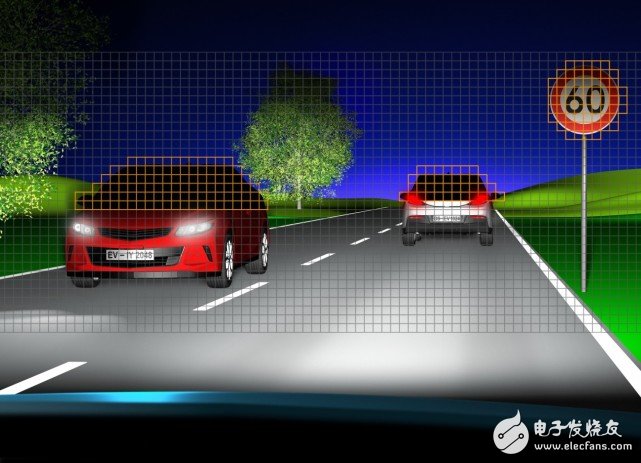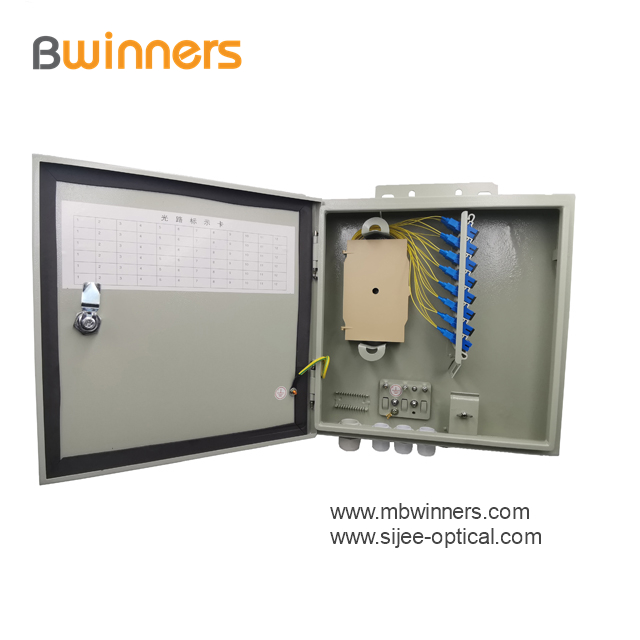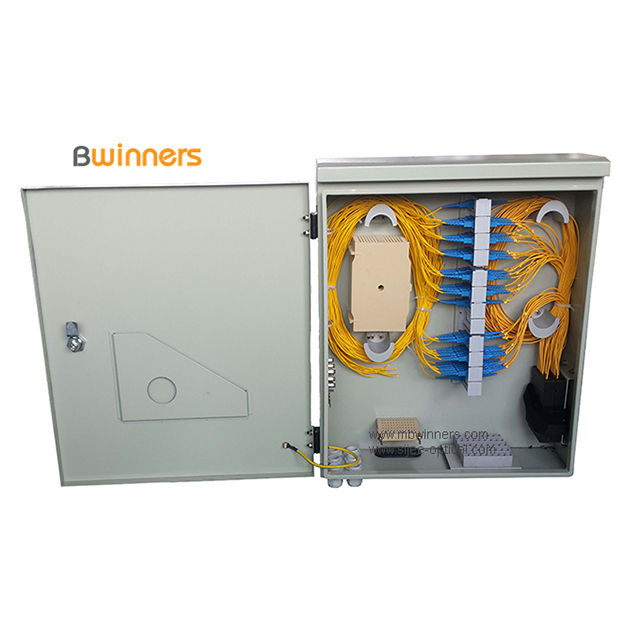Modern cars are daunting. It can be said to be one of the most technologically advanced machines on the planet, and it has not become easier.
Large automakers, startups, researchers, and technicians are thinking hard about designing future cars that can drive automatically. They won't crash on the road or own a car in a new way (even no longer own a car). End users (drivers, riders, and people with cars) can't help but ask: What impact will these advanced technologies have on life?
Today we will discuss some new car technologies, and you may see them when you buy the next car or the next car. The purpose of these technologies is to make driving easier, safer, and sometimes more fun.
If the trailer connection device is easier to use, the headlight glare is reduced, and the AR technology is introduced at the factory, the driver's driving experience will be improved in an instant, and the road surface will be seen more clearly.

ConTInental AutomoTIve Systems Inc. is a subsidiary of ConTInental AG in North America. Its goal is to make automated trailer attachment and navigation systems easier to use and reduce anxiety.
The original system may be launched around 2020. It uses a rear-view camera to identify the trailer. In the 2018 model, the rear-view camera will become the standard for new cars in the United States, and the camera can judge the distance. With the Continental air suspension system, the car will adjust the height and match the trailer. The system guides the car to connect seamlessly with the hook and automatically docks.
Continental North America technical director of chassis system and security sector Jamie McCain (Jeremy McClain) believes that the next trailer will further strengthen the system technology, drivers do not even need to use mobile APP control of the steering wheel on the car handle or tablet, you can make The car is docked with the trailer.
The inside screen or tablet will give a hint to tell the operator the angle and trajectory of the trailer, making control easier and safer, and the operator can easily reverse the trailer and connect to the boat or parking spot.
McCain said: "The camera will measure the hinge angle, allowing you to control the trailer in a more intuitive way. Even the experienced trailer driver, the new technology is very practical. It will bring convenience and safety to a new level."
McCain said that if the driver wants to get out of the car, remote control needs to be approved by the regulator, but by around 2020, this feature may become popular.
Adaptive headlightCompared with Europe, the roads in the United States are easy for drivers to see the situation. This year, the United States will amend its regulatory requirements and may solve the glare problem.
New lighting technologies have emerged in Europe, and these technologies are also of great value in the United States. Some people call it "adaptive driving lighting". Simply put, the headlights are made up of dozens of LED lights, which can monitor the environment and automatically reduce glare, making the driver see more clearly.
Osram Opto Semiconductor manufactures LED lights that are controlled by silicon chips so that the light can be automatically adapted. The LED lighting cluster can work in real time and can turn a light on or off to prevent other drivers from being "blind". The lights can also be turned off. Under the illumination of the lights, the car body will have a "black box" effect, and other drivers will not have glare when they look at it.
Some cars introduce advanced security features that use the camera, and the new lighting system uses the camera to detect light from other cars.
Located in Plymouth lighting system providers V ar roc Lighting Systems created 40 LED system, the system has already begun production overseas. Osram has developed a system with 1024 LED pixels.
With the new lighting system, the visibility will be better. If you look at the current system, if you use the traditional car headlights, the visibility is only about 100 feet away. The new system looks farther and can give the driver 1-2 seconds. Reaction time.
Mike Godwin, head of Osram's LED lighting division, said European and American manufacturers are increasingly interested in this technology. It is estimated that the relevant standards will be formulated this summer and will be reported to the NHFSA in the hope of obtaining regulatory approval.
AR technologyAR is changing the way consumers see the world, and the same technology will make cars more efficient and reliable. AR is both about interactive operations and easy to understand, and AR is becoming more popular in manufacturing, healthcare, and other areas.
Located in Wixom's OPS Solutions LLC development facility AR software, the software is called Light Guide Systems, which projects images with a projector, teaches people how to do it step by step, and gives visual clues such as arrows and videos in retail and production. In the area, AR software will help workers assemble products. Workers can complete manufacturing step by step based on visual indicators. If you lose a step, or if you use a wrong component, it will flash red and sound an alarm.
This is a seemingly simple way to greatly increase productivity and improve quality.
FCA US LLC has a “UAW-Chrysler National Training Center†where approximately 5,000 new employees are undergoing training and they are required to complete standard manual assembly tasks with the help of the OPS Light Guide system. FCA revealed that OPS increased employee productivity by 38% and quality by 80%.
This method is equivalent to an upgraded version of the "POKA-YOKE", which is a concept proposed by the Japanese. The error-proofing method has been used for decades to reduce costs and increase productivity in the manufacturing process. In the 1960s, Toyota Motor Corporation put forward the concept of "anti-fault", which was condensed from Toyota's pioneering concept of just-in-time production and then extended to other manufacturers. Because of this process, production quality and efficiency are greatly improved.
Although consumers can't see the OPS system, the results are sensible, such as stronger soldering, bolting to the right position, perfect primer coating, and other benefits.
By 2021, the size of the AR market will reach 133.8 billion US dollars, and in 2015 it was only 3.3 billion US dollars, of which about 25% of the market comes from manufacturing and industrial fields.
Outdoor Fiber Optical Distribution Box(Metal)
Termination Box Outdoor Wall Mountable available FC/SC/ST/LC Adapter
Standard wall mount enclosure is mainly used for connecting the indoor/outdoor optical cables, patch cords and pigtails. It can be wall mounted or pole mounted and provides various accessories to avoid any unexpected damage to the fiber.
This types of fiber termination box as distribution box, it is usually used in between wiring closets and equipment for fiber optic cable termination, use and management.
Note: This box does not come with any adapters and pigtails. If you need them, we can install them for you with few charges.
Features
Suitable for ribbon and bunchy fiber cables Fiber splice trays can be installed and changed easily Small dimension and exquisite and easy for operation Standard cell structure size, wall mounted patch panel Capacity: 12-144 ports Suitable for SC, FC, ST Simplex & LC Duplex
Specifications
Technology: Electrostatic spraying Material: SPCC or AL or customized Color: Milk White Compliant with ISO: 9001, RoHS, UL, Bellcore certification Atmosphere pressure: 70KPa~106KPaType: Single door open


Fiber Optic Box,FTTH Distribution Box,Fiber Terminal Box,Outdoor Fiber Optic Distribution Box
Sijee Optical Communication Technology Co.,Ltd , https://www.sijee-optical.com
